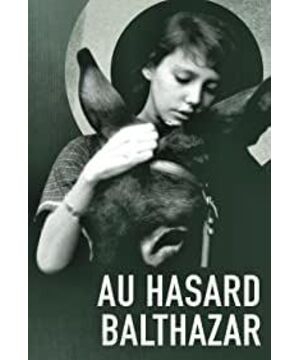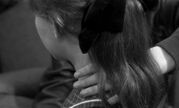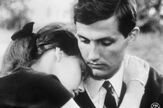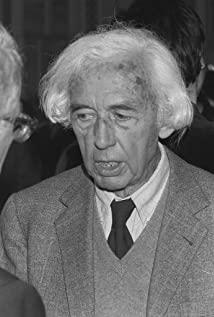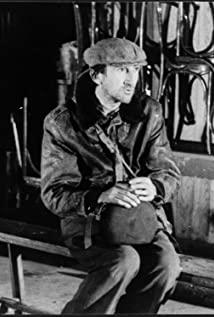Although typical of Bresson in the brevity of the camera movement and narrative and the degree of emotional repression, the addition of other media and popular music has brought the seemingly pure religious theme back to reality. Radio is an important medium, a kind of The voice that appears out of nowhere, pulls the image of the donkey that should speak in the Bible away from the real donkey in the movie, and uses such a hot medium to reflect the non-authority of the voice in contemporaneity. The donkey is of course a religious symbol, a concept of a saint that always exists as a concept (doctrine) and often as an image (in the church), and it can also be a comprehensive carrier of all religious images, from baptism to martyrdom, and finally the shepherds and flocks appear. , without exception pointing to Christ’s ontology, but the donkey itself, as an invalid observer (the follow-up of observation should be to show power/will relations or language actions), is essentially a repeatedly borrowed concept of emptiness, and its own meaning relation is bound by the actions of others. All the emotions that the audience may have are mobilized by simple actions, and finally placed on the donkey, which is the helpless destination of religion. The moral critique is two-fold, on the one hand it is a direct point: the repeated alcoholism (the mirror movement of smashing a mirror with a bottle is unparalleled), above the mundane value (recurring ledgers and sales), on the other hand, the aphasia of the donkey, is A kind of neglected like Icarus falling from the sky in Bruegel's oil painting, or the small cross in the upper left corner in Hans Holbein's diplomat oil painting, also like the deformed skull , "Everyone will die", so the moral critique of memento mori in the twentieth century is undoubtedly Bresson. In addition to this, there are many interesting points in the film. For example, the hand as the initiator of the evil action is criticized by the close-up, and the tears before Mary is about to be forced are a kind of narrative dislocation that "has not happened but has happened". Such a time appears repeatedly in religious paintings, such as in Rogier Wyden's Columba Altarpiece, at the moment of Jesus' birth, the cross representing his death has appeared in the shed, cutting away the secular time by means of religious typology ( Linear One-Way) and Divine Time (Circular Eternal).
View more about Au hasard Balthazar reviews


